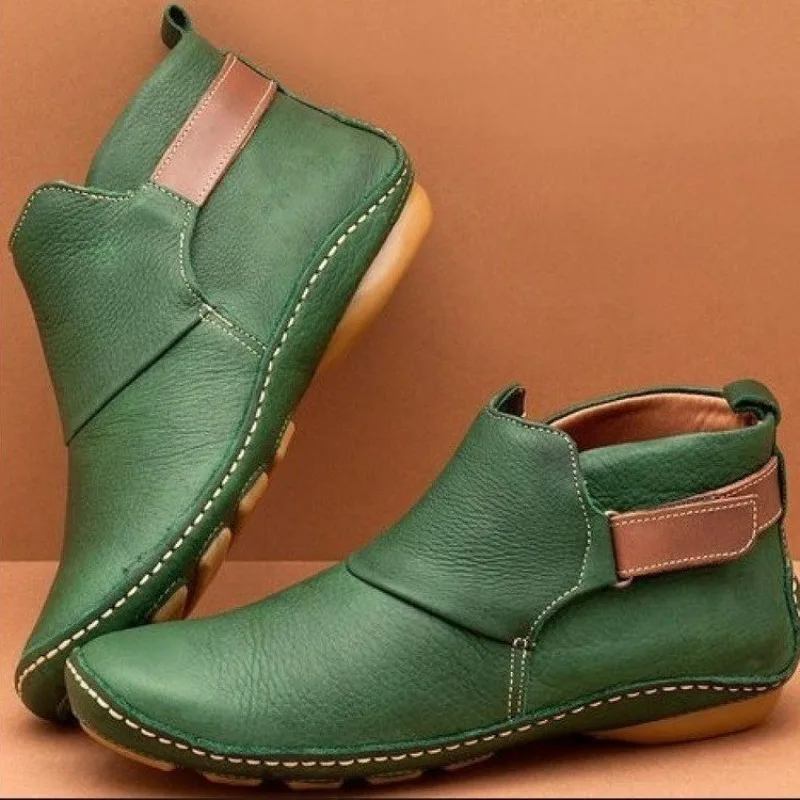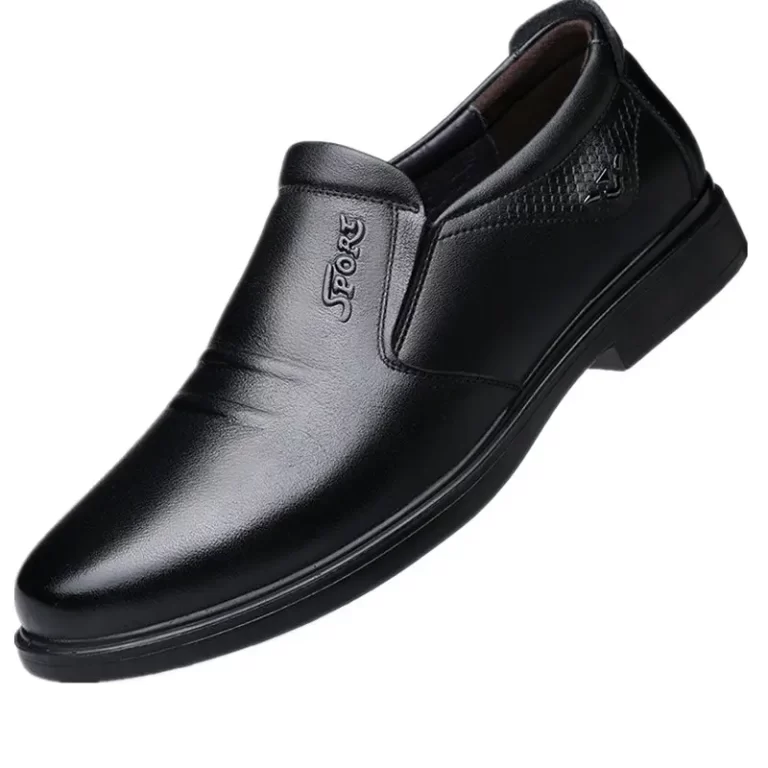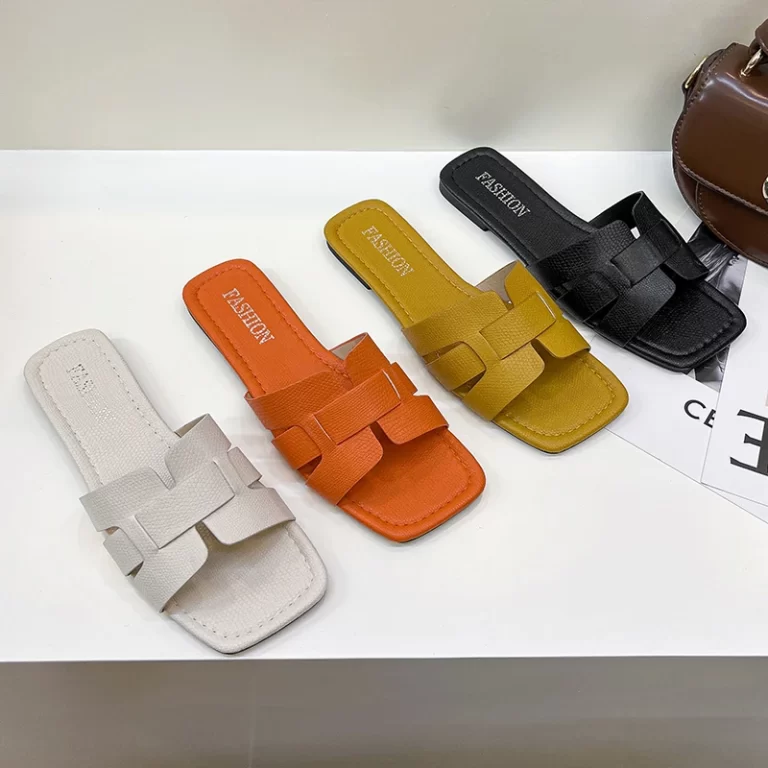Understanding Leather Shrinkage
How to shrink leather shoes? Before attempting to shrink leather shoes, it’s crucial to understand how leather behaves. Leather is a natural, porous material made from the hide of animals, typically cows. It’s both durable and flexible, with unique characteristics that make it react to its environment. When exposed to moisture and heat, leather fibers can expand or contract.
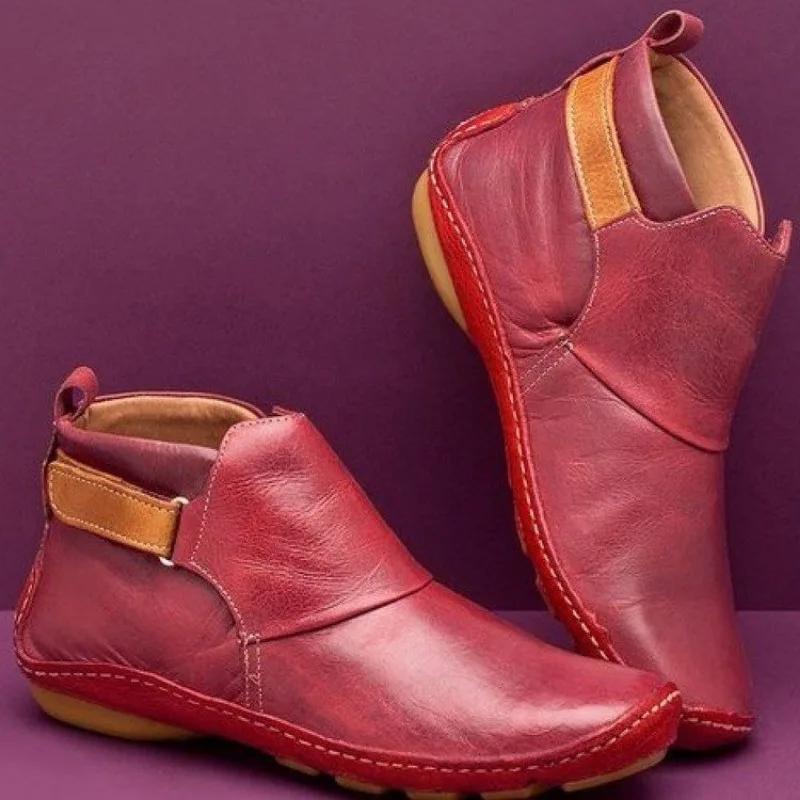
When leather gets wet, the fibers can loosen and become more pliable. If the leather is then heated or left to dry slowly, these fibers contract as they lose moisture, causing the shoe to shrink. But remember, leather’s response to water and heat can vary based on its tannin and processing methods.
Keep in mind that excessive exposure to these elements can damage leather, causing it to become too stiff or crack. It’s essential to shrink your leather shoes carefully and not expect to reduce their size excessively. Usually, you can aim for half a shoe size reduction at most.
For ideal results, knowing the type of leather you’re working with can help determine the best shrinking method. Be gentle with your approach. Always condition the leather after attempting to shrink it, as this helps maintain its flexibility and prevents cracking.
Preparing to Shrink Your Leather Shoes
Before diving into the actual process of shrinking your leather shoes, adequate preparation is key. This can help you achieve the desired results without damaging your footwear. Here’s how to get started:
- Identify the Leather Type: Determine whether your shoes are made from full-grain, top-grain, or another kind of leather. Each type responds differently to shrinking methods.
- Clean the Shoes: Ensure your leather shoes are clean. Remove any dirt or residue since these could cause uneven shrinking or staining.
- Gather Materials: You’ll need clean towels, water, a hair dryer or clothes iron for heat, and leather conditioner for post-shrink care.
- Test the Leather: If you’re trying a new shrinking method, test on a small area first. This helps avoid any unexpected damage to your shoes.
- Expectation Setting: Understand that typically, leather shoes can only be downsized by a half size. Avoid trying to shrink them too much, as this could cause irreparable harm.
With everything laid out and prepped, you’re ready to apply the shrinking techniques to your footwear confidently. Always be cautious; it’s better to shrink gradually than to overdo it and risk ruining a good pair of leather shoes.
Water-Based Shrinking Techniques
When looking to reduce the size of your leather shoes, water-based techniques are a common approach. This method leverages the natural reaction of leather to water, allowing for a controlled shrinking process. Here’s a simple, step-by-step guide to using water for shrinking your leather footwear:
- Wet the Shoes: Begin by dampening a soft cloth with lukewarm water. Gently apply the cloth to the areas of the shoes that require shrinking. Be sure not to soak the leather completely, as over-saturation could lead to damage.
- Air Dry: Once the leather is evenly moistened, allow the shoes to air dry. Place them in a well-ventilated area away from direct heat sources. As the leather dries, the fibers will tighten, causing the shoes to shrink slightly.
- Check the Fit: After the shoes have dried, try them on to assess the fit. If they haven’t shrunk enough, you may need to repeat the process. Remember to be patient; it’s better to shrink the shoes gradually than to rush the process.
- Condition the Leather: Once you’ve achieved the desired fit, apply a quality leather conditioner. Conditioning is crucial to restore moisture lost during the drying process, maintaining the leather’s durability and comfort.
- Monitor and Repeat if Necessary: Over time, if your shoes begin to loosen again, you can repeat the water-based shrinking technique. Regular monitoring and maintenance are key to keeping your leather shoes in the best shape.
By carefully using these water-based shrinking techniques, you can effectively downsize your leather shoes without causing harm. Always use caution, and consider consulting a professional if you’re unsure about the process.

Heat-Assisted Contraction Methods
If water-based techniques didn’t do the trick, try heat-assisted methods to shrink leather shoes. But proceed with caution—too much heat can harm leather. Here’s how to carefully apply heat to tighten leather shoes:
- Dampen the Leather: Start by slightly dampening your shoes with a wet cloth. Avoid soaking the leather.
- Apply Heat: Use a hair dryer on the lowest heat setting. Hold it about six inches away and gently warm the damp leather areas. Move the dryer constantly to avoid overheating any spot.
- Monitor the Heat: Regularly touch the leather with your hand. If it’s too hot for your hand, it’s too hot for the leather.
- Reshape the Shoes: As the leather warms, gently flex and bend the shoes. It helps them contract evenly.
- Cool Down: Let the shoes cool at room temperature. Do not rush this step; sudden temperature changes can damage leather.
- Condition the Leather: After the leather cools down, condition it. This step is vital to prevent cracking and maintain the shoe’s quality.
- Repeat if Needed: If the shoes are still not tight enough, you can repeat the process. But always allow the leather to rest between sessions.
Using heat can be effective to shrink leather shoes, but it’s a fine line between shrinking and damaging. Always pay close attention to the leather’s response to heat and treat it with care.
Steam Shrinking Approach for Leather Footwear
For leather shoes that need a snugger fit, steam shrinking can be quite effective. This method uses gentle warmth and moisture to coax the leather to contract. Here are steps to follow:
- Steam the Area: Hold a steamer or steam iron a couple of inches away from the leather. Aim the steam at the parts of the shoe that are too loose. Be careful not to wet the shoes too much.
- Dry the Shoes: After steaming, let the shoes air dry on a flat surface. Do not put them directly in sunlight or near a heater as extreme heat can harm the leather.
- Check the Fit: Once the shoes are dry, try them on. If they don’t fit quite right yet, you may steam them again, but always let the leather cool between sessions.
- Use a Conditioner: After the final fit is achieved and the shoes are cool, use a leather conditioner. This replenishes oils and ensures your shoes stay supple.
- Repeat as Necessary: Shoes that still aren’t tight enough can go through the process again. Give the leather time to rest, though, to prevent stress and potential damage.
Remember, leather can only shrink so much without compromising its integrity. It’s best to shrink slowly and check progress frequently to avoid overdoing it.
Caring for Shrunk Leather Shoes
Once you’ve successfully shrunk your leather shoes, caring for them is crucial to maintain their condition and comfort. Here are practical tips for taking care of leather shoes after the shrinking process:
- Condition Regularly: Apply a quality leather conditioner to keep the shoes hydrated. This helps prevent cracking and keeps the leather soft.
- Store Properly: Keep your shoes in a cool, dry place away from direct sunlight. Use shoe trees or stuff them with paper to maintain their shape.
- Avoid Excess Water: Keep the shoes dry whenever possible. If they get wet, let them air dry naturally instead of using direct heat sources.
- Clean Gently: When cleaning, use a soft cloth and specialized leather cleaner. Harsh chemicals can damage the leather and affect the fit.
- Polish as Needed: Regular polishing not only makes your shoes look great but also adds an extra layer of protection to the leather.
By following these care steps, you can keep your shrunk leather shoes in excellent shape for a long time. Proper maintenance is key to preserving the fit and quality you’ve achieved through the shrinking process.
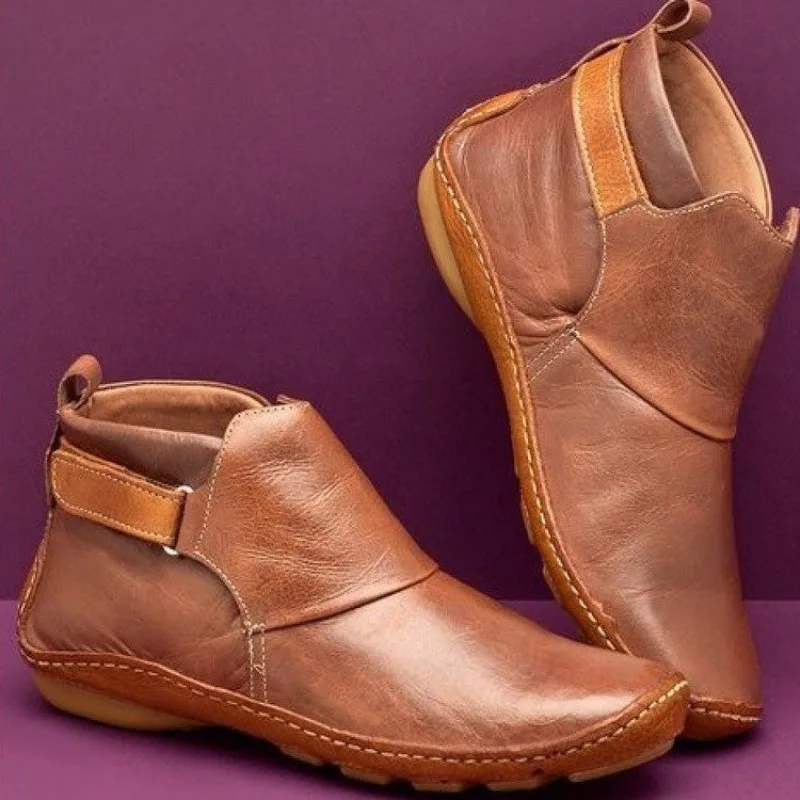
Alternative Options if Shrinking Doesn’t Work
If you’ve tried shrinking your leather shoes without success, or they can’t be shrunk any further, don’t fret. There are alternative solutions to help you achieve a better fit. Here are some practical options you can explore:
- Insert Shoe Pads: Adding padding such as insoles or heel grips can fill extra space, enhancing comfort and fit.
- Use Thick Socks: Wear thicker socks or multiple pairs of socks to take up more room inside the shoes.
- Tongue Pads: Place adhesive pads under the tongue of the shoe to push your foot back, improving the fit around the heel.
- Shoe Stretchers: While their primary use is to widen shoes, some stretchers have pieces that can compact the shoe slightly as well.
- Cobbler Services: Consult a professional cobbler. They have skills and tools that might adjust your shoes more precisely.
- Anklet Socks: For low-cut shoes, consider anklet socks with padded sections to create a snugger fit.
It’s important to consider these alternatives as viable options. They offer a non-invasive approach to adjusting the fit of your leather shoes without risking damage through further shrinking attempts.
Maintaining the Perfect Fit: Leather Care Tips
Proper maintenance is essential after shrinking your leather shoes for a perfect fit. Here are some easy care tips to keep your leather in great condition:
- Keep Them Dry: Avoid getting your shoes too wet. If they get damp, allow them to air dry away from direct heat.
- Use Conditioner: Regularly apply a leather conditioner to keep the leather nourished and prevent cracking.
- Store Correctly: Place shoes in a cool, dry spot out of direct sunlight. Use shoe trees to preserve their shape.
- Clean with Care: Use a soft brush or cloth with leather cleaner for gentle cleaning. Avoid harsh chemicals.
- Polish for Protection: A good polish not only improves appearance but also adds a protective layer to your shoes.
By following these simple tips, you’ll ensure your leather shoes remain comfortable and durable, maintaining that perfect fit you’ve achieved through shrinking.
